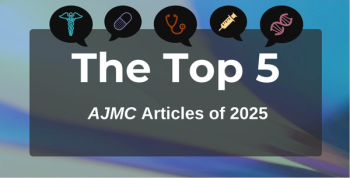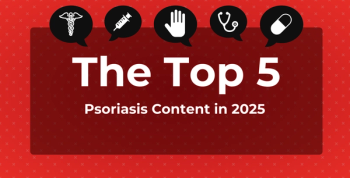
Ophthalmology Overview: 2022 Physician Fee Schedule Implications, Personalizing Glaucoma Surgery, and More
Highlighting the latest ophthalmology-related news reported across MJH Life Sciences™.
Highlighting the latest
AAO, Surgical Care Coalition Address Proposed 2022 Physician Fee Schedule
Addressing the proposed
With cuts coming as a result of a reduction that is necessary to keep Medicare payments budget neutral, the proposed cut to the Medicare conversion factor for 2022 would be 3.75%. As reported by
Notably, cuts had been scheduled to go into effect this year, but had been delayed by Congress for 1 year. If no additional changes are made to the proposal, the cuts will go into effect on January 1, 2022.
Current Progress in Personalized Glaucoma Surgery
In an article by
Trabeculectomy, the gold standard of glaucoma surgery, has evolved in terms of safety and efficacy. However, the surgery may be associated with a higher risk of failure or complications in some cases, particularly with the use of mitomycin-C or 5-fluorouracil. Notably, the article highlights that nonpenetrating surgery may be a reasonable alternative in these cases, an approach that is considered by few surgeons due to its surgical complexity/difficulty and the long learning curve in mastering the techniques.
When conducted, the surgery has been associated with significant reductions in postoperative complications and effective long-term intraocular pressure control. However, several unmet needs persist for MIGS, which include the lack of a clear definition, poorly established cost-effectiveness balance, and the quality of trials comparing these techniques with conventional surgeries.
Dual Imaging Linked With Reduction in Costs, Unnecessary Referrals
According to findings of a retrospective, comparative cohort study assessing spectral domain optical coherence tomography (SD-OCT) with ultrawide field (UWF) imaging in a
As reported by
Discussing implications of the study findings, use of integrated SD-OCT/UWF devices in large DR screening programs was noted to potentially reduce unnecessary referrals, in addition to substantially improving disease identification. As the study only evaluated 422 eyes, future research is warranted to determine the applicability of the findings.
Newsletter
Stay ahead of policy, cost, and value—subscribe to AJMC for expert insights at the intersection of clinical care and health economics.








































